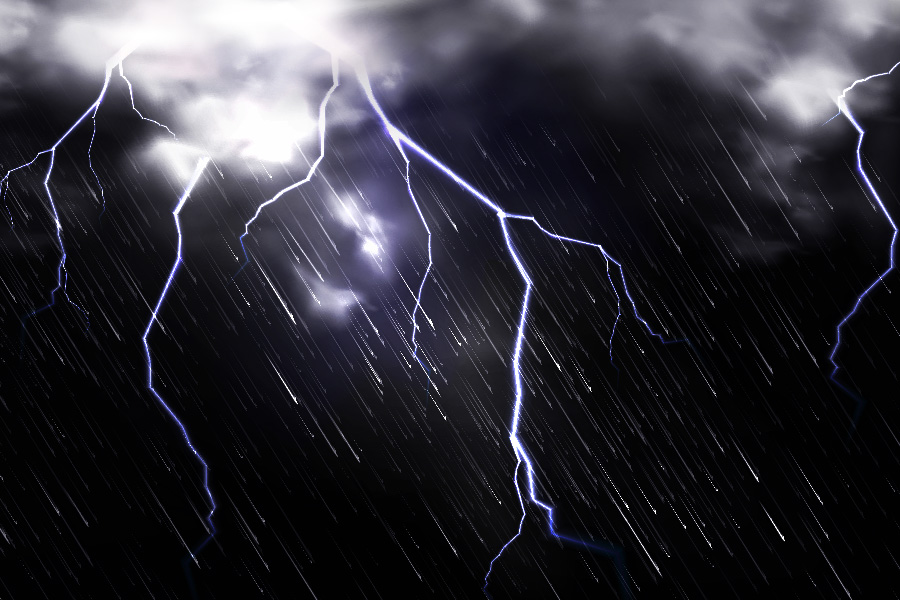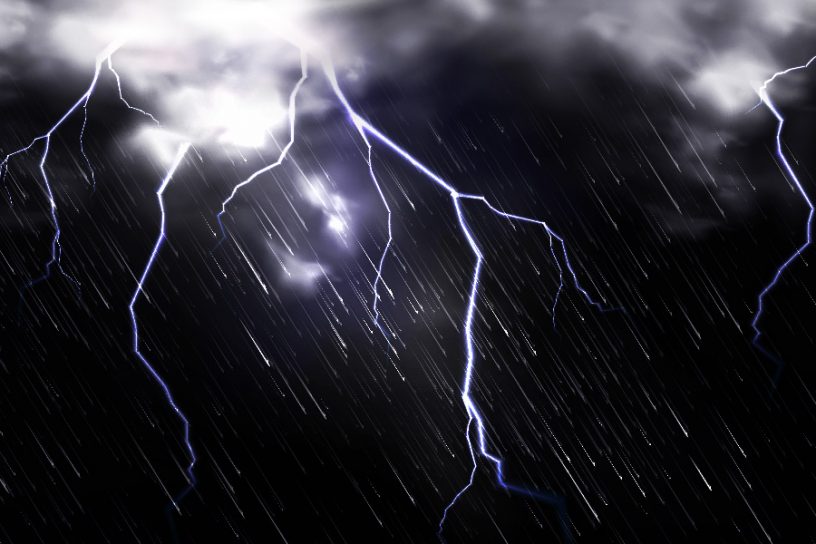
After identifying months of highest and lowest precipitation as well as regions in Odisha for scanty and heavy rainfall, the researchers have made predictions for 10 years into the future time period.
Authors
Rajni, Associate Professor, Jindal Global Business School, O.P. Jindal Global University, Sonipat, Haryana, India.
Sudip Patra, Associate Professor, Jindal School of Government & Public Policy, O.P. Jindal Global University, Sonipat, Haryana, India.
Summary
The rainfall data analysis and its timely prediction is very important for agricultural practices planning. In case of heavy/scanty rainfall prediction, early forecasting helps to plan for disaster management in areas of high risk.
In this article, time series analysis of rainfall for the state of Odisha is carried out. Odisha is a state which is constantly being hit by waves of droughts, floods and cyclones.
Thus, it becomes extremely important to analyze and forecast for rainfall in this region so that proper measures to avert disasters can be undertaken. For time series modeling, rainfall data for last 50 years has been analyzed using Auto-Regressive Integrated Moving Average (ARIMA) method.
Several suitable ARIMA models are identified based on significant parameters. The variability in prediction and actual provides for the consistency of model.
The months of highest and lowest precipitation have been identified. Later on the efforts to identify regions in Odisha for scanty and heavy rainfall has been made and predictions are made for 10 years into the future time period.
It can be seen that accurate predictions help for crop planning and adopting better agronomic practices for crops, proper disaster management in risk zones and providing timely relief to those in affected areas.
Published in: Proceedings of the third international conference on frontiers in industrial and applied mathematics 2020, 21–22 December 2020, Jamshedpur, India.
To read the full paper, please click here.


